Satellites and sea ice
22 July 2014
The Earth has been getting warmer because our factories and cars release carbon dioxide and other gases into the atmosphere, which trap heat from the Sun inside it. As the temperature rises, you would expect the ice on our planet – in glaciers around the world and at the poles – to be melting faster. This is in fact what is happening to sea ice (frozen sea water) in the Arctic, the polar region at the far north of the Earth: it has been melting very fast. But at the southernmost part of our planet, in the Antarctic, the amount of sea ice has actually been increasing. Scientists have been scratching their heads trying to figure out why. Now, a team of scientists lead by the American Ian Eisenman has suggested that maybe the amount of sea ice in the Antarctic hasn’t been increasing as fast as people had thought. The researchers say that some of the measured increase may not be real: it could, in fact, be due to an error in the way satellite observations were interpreted. We know that sea ice is disappearing in the Arctic and increasing in the Antarctic because we have satellites looking down on the Earth that tell us what’s happening from above. But the observations can be complicated and hard to interpret. While scientists have very clever methods of doing this, they have to look at so many observations, it is only natural a mistake happens from time to time. Then, scientists like Ian come along to help improve the way we look at these satellite observations. And they get to use them to solve mysteries like why the Antarctic sea ice appears to be increasing so fast in a warming world!Print version
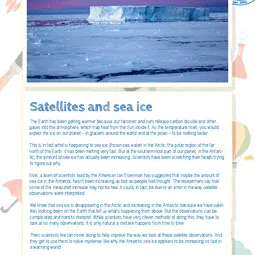
This is a kids' version of the EGU article: 'Satellites and sea ice'. It was written by Bárbara Ferreira and reviewed for scientific content by Richard Selwyn Jones and Ian Eisenman, and for educational content by Marina Drndarski.
Translations
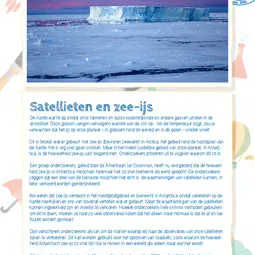
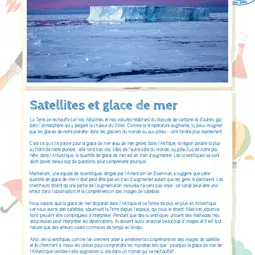
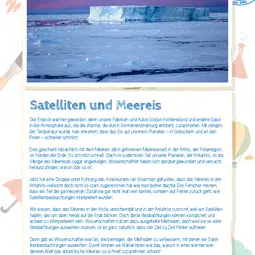
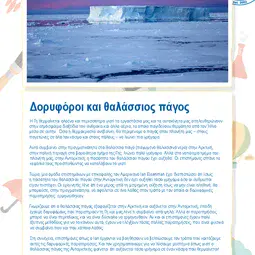
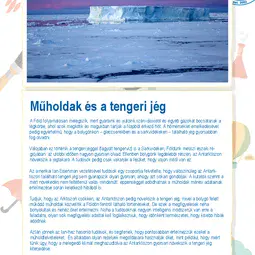
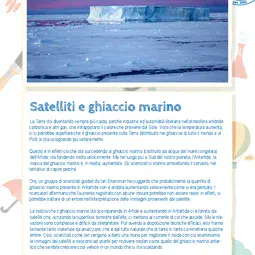
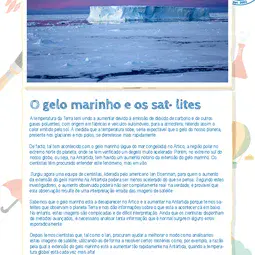
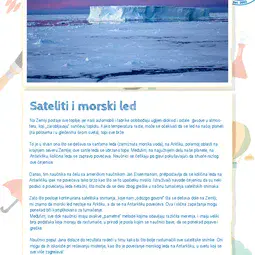
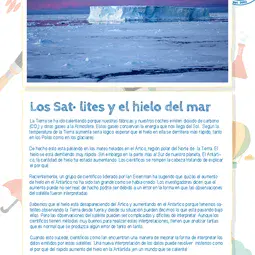
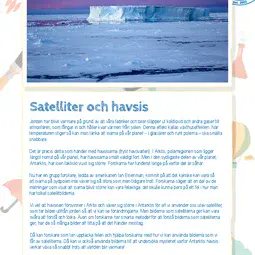
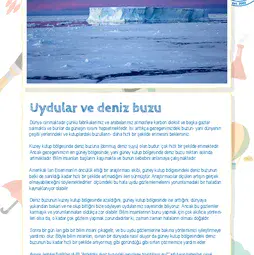
All English-language Planet Press releases are carefully edited, reviewed and proofed, by scientists, educators and EGU staff. Please note that once translated, Planet Press releases receive no further checks from EGU staff. For this reason, we cannot guarantee their accuracy, though we trust the quality of our voluntary translators and are grateful for their work.

